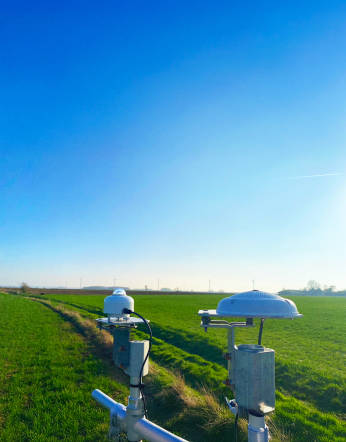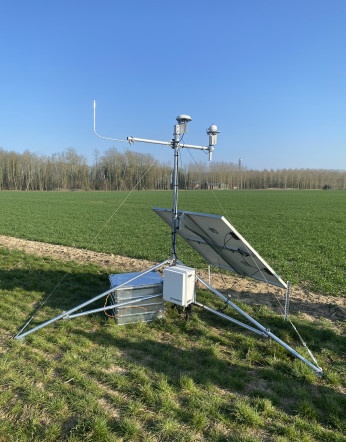Grid management


Calibsun uses on-site data to accurately estimate the solar resource
+/-5%: GHI ESTIMATION ERROR

Systematic errors in satellite databases
The success of a photovoltaic project depends on a reliable estimate of the solar resource. However, GHI estimates are often based on satellite data, which are limited in terms of accuracy and local representativeness. Satellite databases have a systematic error (or bias) of more or less 5% for a given site, or even more in complex climates (islands, monsoon, altitude, etc.).
GHI errors undermine business model
This solar resource error cannot be anticipated by the developer in the early stages of project design when referring solely to a satellite database. It compromises the representative annual irradiance estimate (typical irradiance year) and therefore the Yield Report of P50 and P90 productions announced to investors and banks.
REFINING SOLAR RESOURCE ESTIMATES

CalibSun collects data on site to minimize the gap between estimate and reality
Installing a temporary meteorological measurement device directly at the location of the future solar PV site enables us to capture global horizontal irradiance (GHI) and other key parameters (temperature, wind, humidity, etc.) over a significant period. This data collection provides a reliable basis for calibrating the reference satellite database. The systematic difference between on-site and satellite observation is qualified in order to correct the bias and obtain a yield ratio as close as possible to reality.
Future refines the P50 and reduces the P50/P90 ratio for a secure investment
After a 12-month field measurement campaign conducted by CalibSun, the systematic bias is eliminated. The calibrated satellite databases now have an uncertainty of 0.5% instead of +/- 5% without calibration. The estimated solar resource is reliable and the economic model for the photovoltaic power plant project more robust.


 en
en 
 fr
fr es
es de
de